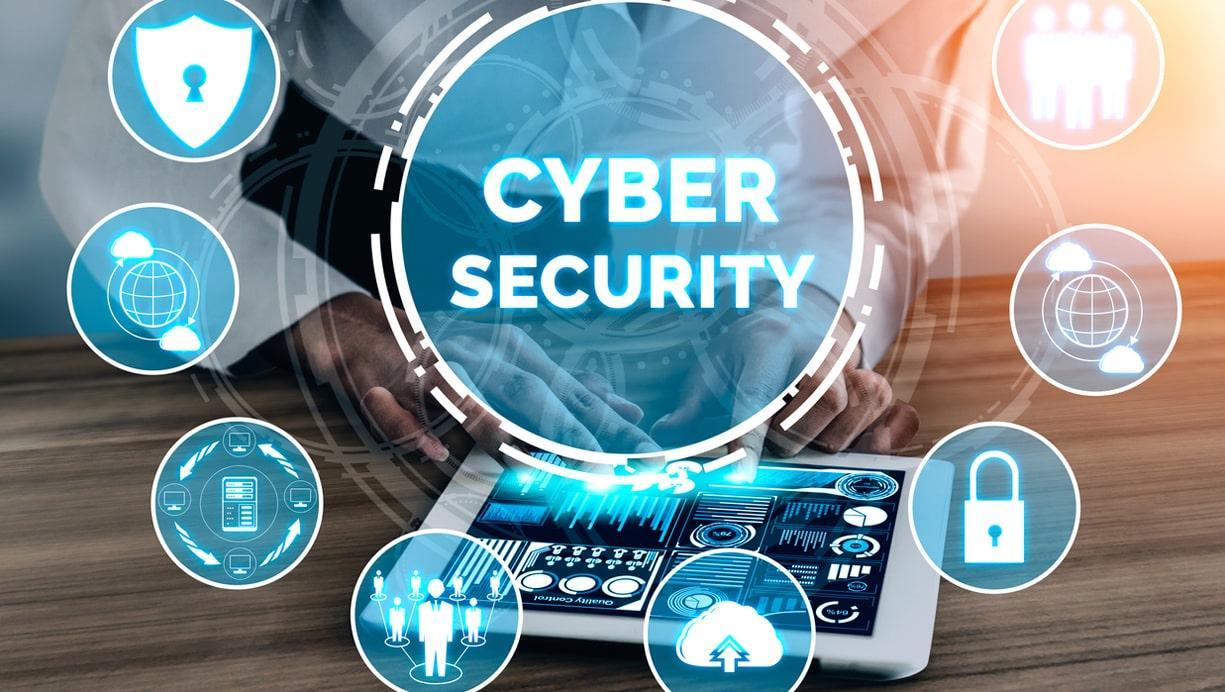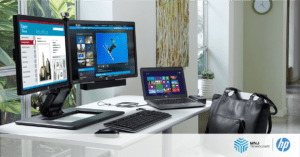Having a remote workforce has become more popular with the advancement of technology and the ease of working in the digital space. However, with a pandemic sweeping across the world, there has been a sharp increase in remote workers and security threats along with them.
As businesses change their practices, there becomes a need to consider the risks associated with online systems. Under normal circumstances, those managing the remote workforce would have had time to prepare. However, COVID-19 has forced an almost overnight restructure.
It’s easy to let security get lost in the background as everything becomes disorganized. Yet, now more than ever, security threat awareness should be at the top of the mind for remote workforce management.
With security systems still being nailed down, attackers are on the prowl. These are some of the top threats you should be aware of.
Threats Reworked To Prey On COVID-19 Vulnerabilities
Most threats are pre-existing but the upsurge in the remote workforce has amplified them. As security systems relax to ease the transition for remote workers, it serves attackers with the perfect opportunity. Old attack tactics are being adapted to make use of the uncertainty most businesses face during this time.
Classic Email And Phone Scams
As employees set into their remote work environment, they usually need to download new software and tools. The combination of new systems, which often come with some unexpected issues, and the rush to begin working leads to decreased apprehension. As such, remote employees become more vulnerable to the classic email and phone scams.
Remote workers should be wary about scams asking for passwords or unique codes. They often claim to be verifying the transition into a new system to convince the employee to give them their details.
While it is not impossible for this type of scam to be a legitimate request, it is best practice to proceed with caution.
Malware And Phishing
It’s not very difficult to get people to click links these days. With hyper-awareness of the ever-spreading coronavirus, people are more vulnerable to phishing lures.
Links for updates on COVID-19, emails with World Health Organization branding, or ads selling affordable masks and other protective items are all very alluring at this time. Falling victim to phishing and downloading malware has never been easier.
Not only that, but fake links to online meeting platforms can also lead to successful phishing attacks. Microsoft Teams, Skype, and Zoom have almost instantaneously become essential tools for remote workforce management. As a result, many may fall victim to a phishing attack if they’re sent a Zoom link claiming that they’re late for an urgent meeting.
Fake Login Screens
Many who are now working remotely are new to the procedures and tools that come with working from home. Included in this may be the workflows in Office 365. Being unfamiliar with the tool, workers are rendered defenseless against fake login screens.
Employees might see a fake login screen and unwittingly fill in their details. On receiving the employee’s authentication data, attackers can impersonate remote workers. This allows them to gain access to company information, data, and systems.
VPN Attacks
Now that the remote workforce is considerably larger, attackers have many more targets to take advantage of. Again, since companies are still fine-tuning their new systems, many have taken steps to smooth the process. One such step is to deactivate restrictions on VPN connectivity. This makes certain VPN attacks easier.
To infiltrate a network, an attacker performs credential stuffing in a brute force attack. They input credentials until one works. Then, when it does work, they have unlimited access.
Ensuring awareness for brute force attacks, or attacks on servers, should be a top priority for remote workforce management.
Threats Facing Remote Workers Regardless Of COVID-19 Vulnerabilities
While some security threats have been adapted to take advantage of the current social climate, others have not. These security threats are a result of the nature of working from home.
Characteristically, the online security of remote workers is weaker than for those who work in an office. Specifically, in terms of IT or cyber-security. At home, security is weaker in more ways than one and this leads to heightened vulnerability.
Fewer Layers Of Security
In an office, companies often use local area networks. Technology that operates via these networks generally comes with firewalls and other security tools. These help to weed out threats, such as security breaches.
With the lack of the office network and a dedicated work laptop that comes with encryption, remote workers find themselves distinctly vulnerable to security threats.
Further to this point, remote workers often connect to unsecured WiFi networks. The absence of internet proxy subjects devices and machines to possible compromise.
Untrustworthy Employees And Those Around Them
Unfortunately, putting full trust in individuals is not as safe a decision as it should be. For those who have ill-intentions, working remotely is ideal. They can effortlessly transfer and store data elsewhere as they have full access. This is particularly easy without any kind of monitoring system.
This threat can be limited, to an extent. Employers could put access control measures in place to aid security. These will ensure that only trusted employees have access to important information. However, it becomes complicated when more and more remote workers need access to more information and resources.
Similarly, remote workers do not exist in a bubble. They live in homes with housemates, who may or may not be malicious. For remote workforce management, it may be good practice to implement rules and regulations about confidential information.
A Changing World Requires Adaptation And Remote Work Is The Future
Despite all the security threats that come along with it, remote work is on the rise. Most companies consider remote work to be good. Often they see increased productivity and involvement from remote workers.
Considering this, security systems need reworking to adapt to an ever-increasing remote workforce. Investing in technology and defense systems, and critically engaging with threats is imperative for remote workforce management and the future.
MNJ and HP are delivering the solutions you need to manage your remote workforce successfully – Contact us to learn more at sales@mnjtech.com.




